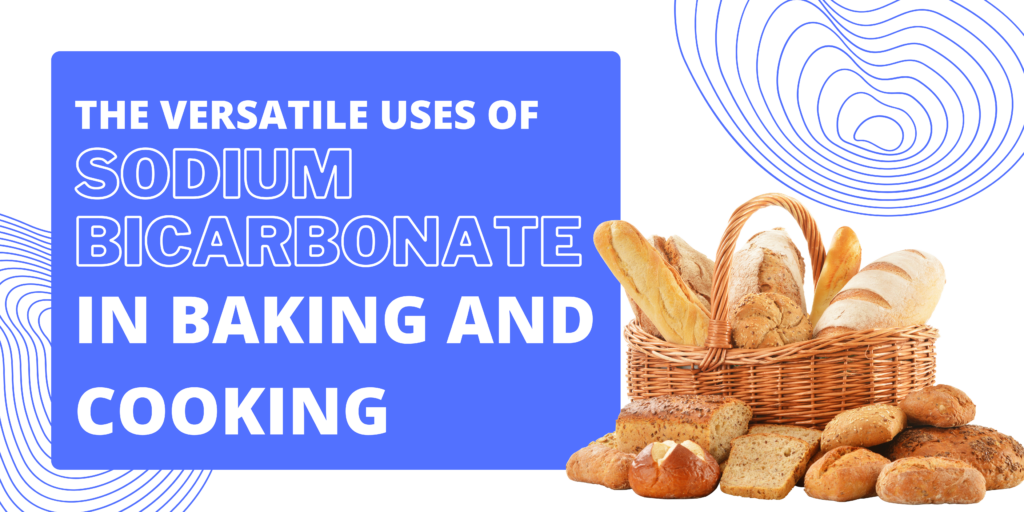
Introduction
Sodium bicarbonate, commonly known as baking soda, is a versatile chemical compound with a wide range of applications across various industries. Its widespread use in food, healthcare, cleaning products, and industrial processes has led to significant demand in both developed and developing regions. However, despite being a ubiquitous commodity, the price of sodium bicarbonate can vary significantly from one region to another. In this article, we delve into the factors influencing regional variations in sodium bicarbonate prices, examining the dynamics of global markets and shedding light on the implications for businesses and consumers.
Understanding Regional Variations
Production and Distribution
One of the primary reasons for regional price variations lies in the production and distribution process. Sodium bicarbonate is predominantly produced through the Solvay process, which involves treating sodium chloride (common salt) and limestone with ammonia and carbon dioxide. This chemical synthesis can be influenced by factors such as energy costs, availability of raw materials, and technology infrastructure, leading to differences in production costs across regions.
For example, regions with abundant access to raw materials and low energy costs, such as areas close to salt mines or limestone quarries, might have a competitive advantage in producing sodium bicarbonate, resulting in lower prices locally.
Transportation Costs
Transportation costs play a significant role in determining the final price of sodium bicarbonate in different areas. When the distance between the production facilities and the end markets is substantial, transportation expenses can significantly impact the overall price of the product. As a result, regions that are closer to production centers may enjoy lower prices due to reduced transportation costs.
Market Demand and Consumption Patterns
Market demand and consumption patterns also contribute to regional price variations. Developed countries with higher per capita incomes tend to consume larger quantities of sodium bicarbonate, thereby exerting more significant demand pressures. This increased demand can influence prices, especially in regions where production capacities are limited.
Moreover, the diversity of applications influences regional demand. In regions where sodium bicarbonate is widely used in multiple industries, such as food, pharmaceuticals, and chemical manufacturing, prices may be more stable due to a more balanced distribution of demand.
Economic and Regulatory Factors
The economic conditions of a region can have a substantial impact on sodium bicarbonate prices. In times of economic prosperity, demand for various products that utilize sodium bicarbonate may rise, leading to increased prices. Conversely, during economic downturns, demand may decrease, causing a drop in prices.
Furthermore, regional regulations and trade policies can affect sodium bicarbonate prices. Tariffs, import/export regulations, and taxes can alter the cost structure and availability of the product in different regions. This creates price disparities between regions with more open trade policies and those with stricter regulations.
Region-Specific Factors
North America
In North America, sodium bicarbonate prices are often influenced by the cost of raw materials, energy prices, and transportation logistics. The United States, being a major producer, can experience price fluctuations due to changes in demand from various industries, including food, pharmaceuticals, and personal care.
Europe
Europe boasts a competitive market for sodium bicarbonate, with multiple production centers and a well-established transportation network. However, the region’s strict regulatory environment can impact prices through taxes and compliance costs.
Asia-Pacific
The Asia-Pacific region is witnessing significant growth in demand due to its burgeoning industrial sector and large population base. Countries like China and India play a pivotal role as both producers and consumers, and their economic development and government policies can have a substantial influence on sodium bicarbonate prices.
Latin America and Africa
These regions are emerging markets for sodium bicarbonate, experiencing increasing demand as industrialization and urbanization continue to rise. However, their dependency on imports and transportation challenges can lead to fluctuations in prices.
Adapting to Regional Variations
For businesses operating in the sodium bicarbonate market, understanding regional variations is crucial for strategic planning and decision-making. Companies need to consider the specific dynamics of each region they operate in, including local demand, competition, and regulatory frameworks.
To mitigate the impact of price fluctuations, companies can explore strategic sourcing options. Diversifying suppliers from multiple regions can help reduce dependence on a single source and provide more flexibility in negotiating prices.
Conclusion
The regional variations in sodium bicarbonate prices are a complex interplay of production costs, transportation expenses, market demand, economic conditions, and regulatory factors. As a ubiquitous chemical compound used in various industries, sodium bicarbonate’s pricing dynamics can have far-reaching implications for businesses and consumers worldwide.
Adapting to these variations requires a thorough understanding of global market trends and regional intricacies. By staying informed and developing flexible strategies, businesses can navigate the challenges posed by price fluctuations and maintain a competitive edge in the dynamic sodium bicarbonate market. As regional economies evolve, businesses must continuously monitor and adapt to the changing dynamics of sodium bicarbonate prices to optimize their operations and seize growth opportunities in this vital chemical sector.




